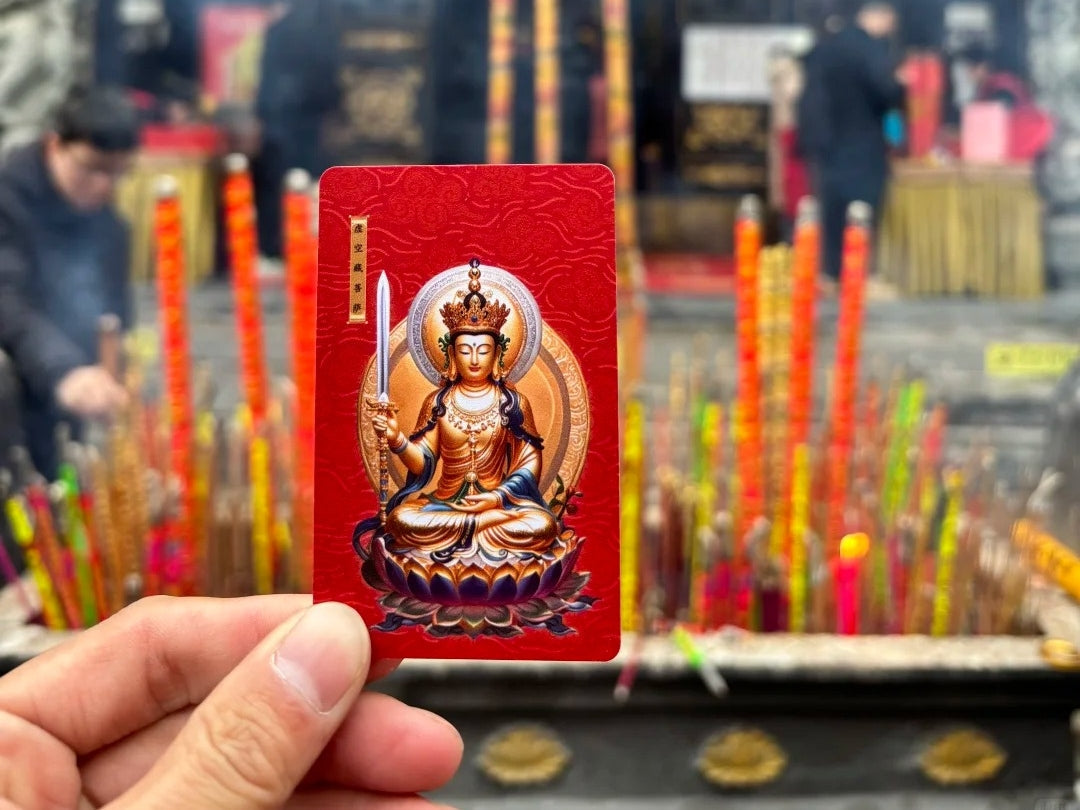Small objects carry big stories. Tibetan amulets—worn, carried, and cherished across the Himalayas—are living links between devotional practice, craft, and daily life. From humble relic tokens and hand-inscribed mantra plates to finely carved silver pendants and brass gawu charms, the evolution of these talismans traces shifting materials, techniques, and meanings. This piece walks through that history and explains how traditional methods like lost-wax casting and embossing meet contemporary design to create Tibetan talisman jewelry people still turn to for protection, blessing, and continuity.
The origins: relics, mantras, and portability
The earliest Tibetan amulets began as pragmatic devotional items. Pilgrims visiting monasteries or stupas often received or purchased small relics—bits of blessed paper, tiny bone reliquaries, or pieces of consecrated cloth—meant to carry the monastery’s blessing home. Because travel in the highlands could be hazardous, having a protective object that contained a mantra or relic became a comforting, lifelong practice.
Parallel to relics were inscribed metal plates and mani stones: short invocations and the famous six-syllable mantra Om Mani Padme Hum carved into stone or hammered into thin metal sheets. These were not jewelry in the modern sense, but they functioned as portable sanctuaries—small, tangible ways to hold and repeat sacred intention while on the move.
Materials through the ages
Tibetan amulet makers have always used what was available and meaningful. Some of the historically important materials include:
-
Wood and bone: Early pendants and small carvings, especially in nomadic communities. Bone amulets could also contain relic fragments.
-
Brass and bronze: Readily worked and durable, these metals were common for ritual items and early amulets. Brass in particular holds a warm patina that collectors prize.
-
Silver (often alloyed): Silver became associated with devotional jewelry because of its luster, workability, and symbolic purity. Many classical Tibetan amulets—both flat talismans and three-dimensional figures—are silver-based.
-
Semi-precious stones: Turquoise, coral, and agate (including Dzi beads) were incorporated both for their beauty and their believed energetic qualities.
-
Painted pigments and textile elements: Miniature Thangka images were sometimes laminated or inserted into shrine boxes (gawu) and worn as pendants.
Techniques: from hand-engraving to lost-wax mastery
Over centuries, Tibetan and Himalayan craftsmen refined a range of techniques to make durable, intricate amulets:
-
Hand engraving and chasing: Simple mantras and symbolic motifs were incised or chased onto metal plates. This method is quick, reverent, and creates pieces meant for daily use.
-
Repoussé and embossing: By hammering metal over forms or into molds, artisans achieved raised designs—ideal for deity faces, mantra plaques, and decorative borders.
-
Lost-wax (cire-perdue) casting: A key step toward three-dimensional amulet sculpture, the lost-wax method allows for detailed, sculptural forms—small protector figures, guardian heads, or miniature stupas. Wax models are carved, invested in clay, melted out, and replaced by molten metal—a process that preserves fine detail and produces one-of-a-kind pieces.
-
Inlay and stone setting: Turquoise, coral, and gems were set into bezels or glued into brass and silver, adding color and symbolic value.
-
Hand painting (for Thangka pendants): Miniature Thangka images require delicate brushwork and natural pigments; when mounted in a gawu pendant, they become portable devotional images.

The Thangka pendant: a devotional hinge between painting and jewelry
The Thangka pendant is a beautiful hybrid: a painted devotional image housed in a small shrine box (gawu) or bezel. Its origins come from the practice of carrying portable sacred images for on-the-road devotion. Over time, artisans refined the format—protective glass or lacquer, miniature frames, and secure mounts—so that a Thangka could be worn safely and viewed regularly. These pendants preserve a direct visual connection to the iconography and color grammar of Tibetan painting while being perfectly adapted to daily, wearable use.
Social and spiritual functions: more than ornament
Tibetan amulets have always been more than decoration. Their functions include:
-
Protection: Against illness, environmental hazards, and spiritual obstacles.
-
Remembrance: Connecting the wearer to a particular monastery, teacher, or pilgrimage site.
-
Focus for practice: A visual or tactile anchor for mantra recitation and short meditations.
-
Identity and belonging: Signals of cultural, regional, or lineage affiliation in Tibetan communities.
Even as artisans turned amulets into fashionable wearables for global audiences, their spiritual purpose remains central: many makers still consecrate pieces with mantras, smoke blessings, or formal empowerments if requested.
Modern revival and ethical considerations
Today’s market blends traditional craft with contemporary tastes. Hand-carved silver amulets, brass vajra pendants, and mixed-metal statement pieces appear alongside minimalist mantra necklaces and tiny rotating prayer-wheel pendants. While demand has helped preserve artisanal skills—lost-wax casting, silver filigree, and Thangka painting—ethical considerations matter:
-
Authenticity: Differentiating ritual-intent pieces from mere fashion helps preserve respect for sacred objects.
-
Sourcing: Responsible use of stones and metals and fair compensation for artisans supports cultural continuity.
-
Context: Wearing an amulet with knowledge of its meaning (even at a basic level) honors the object and the tradition it represents.
Caring for your amulet
Simple care extends both beauty and function:
-
Keep painted Thangka elements out of direct sunlight and humidity.
-
Wipe silver and brass with a soft cloth; avoid abrasive cleaners that remove patina.
-
Store a gawu pendant closed when not in use to protect delicate imagery.
-
If you intend the piece for practice, treat it with the same respectful routines—occasional brief offerings, cleaning, and mindful handling.
Why amulets still matter
From pilgrim tokens tucked into robes to finely finished pendants hung on modern chains, Tibetan amulets persist because they answer a human need: to hold blessing in one’s pocket, to carry a visual cue for practice, and to wear a small, meaningful shelter for the heart. Whether you’re drawn to a simple engraved mantra plate or a three-dimensional silver guardian, these objects invite a relationship—between maker and wearer, between image and intention, between ancient ritual and a life lived today.







